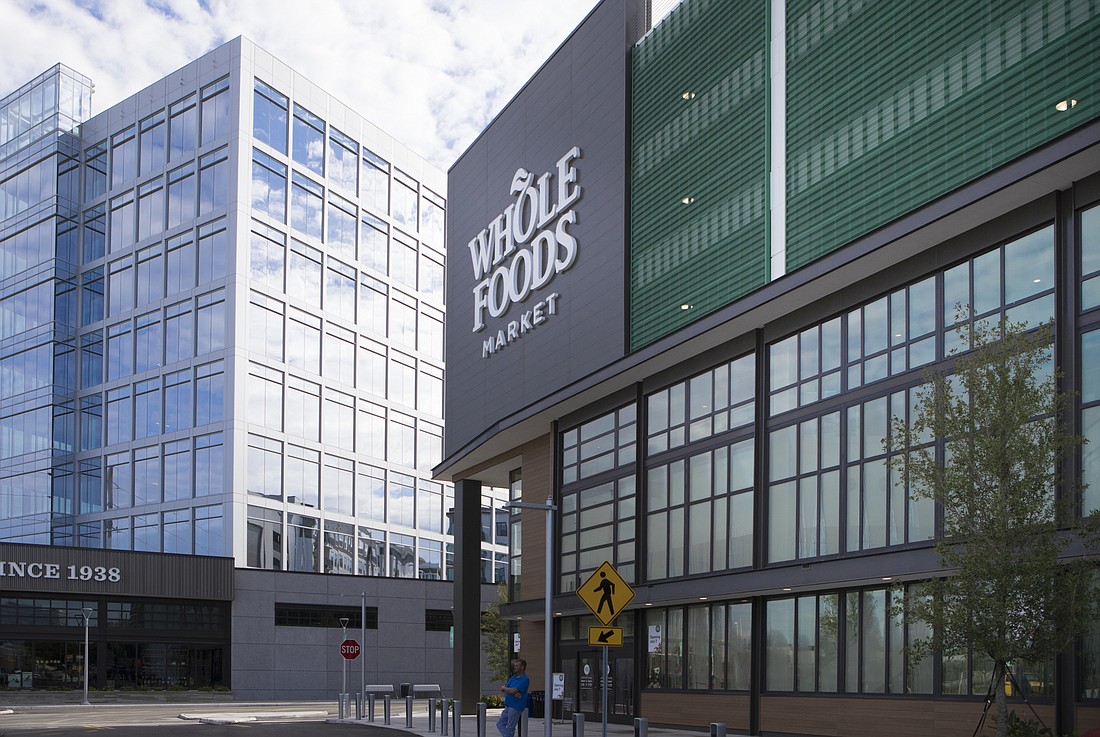- December 13, 2025
-
-
Loading

Loading

By whatever name you call them, strip malls are every bit as much of the landscape of Florida as palm trees and sand.